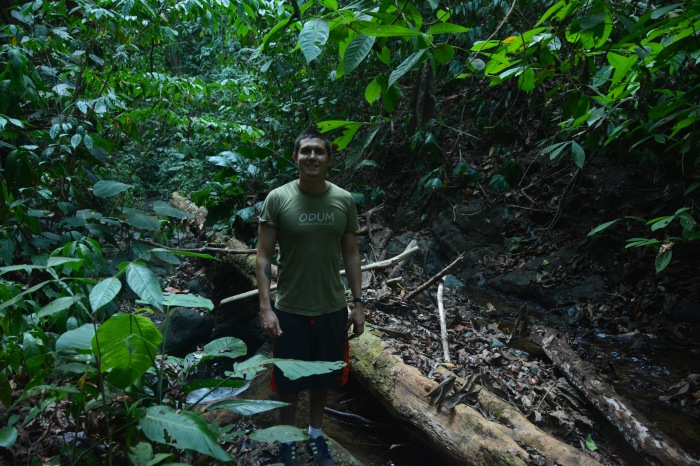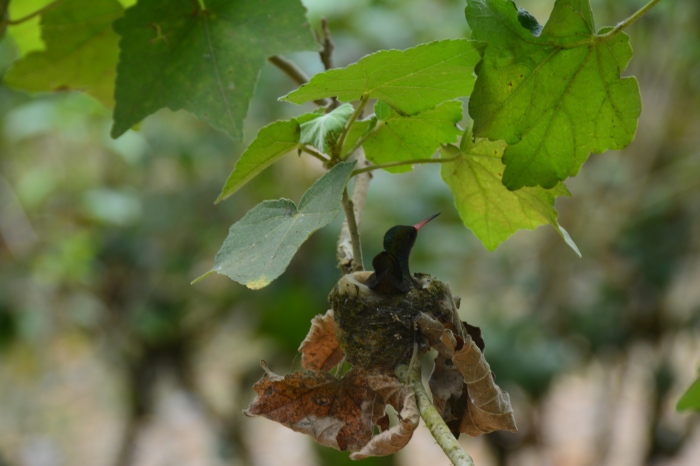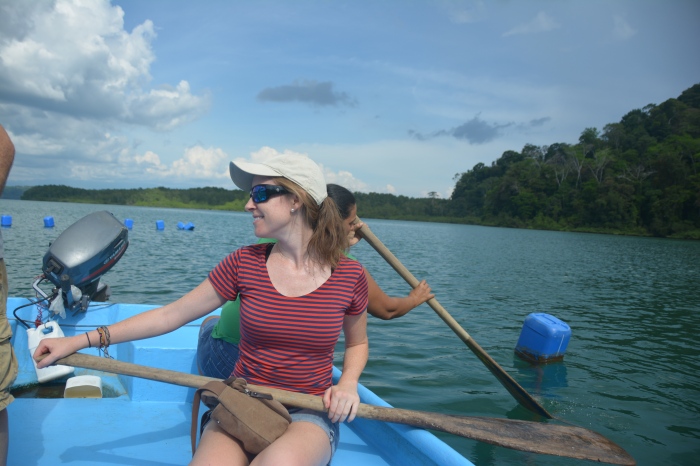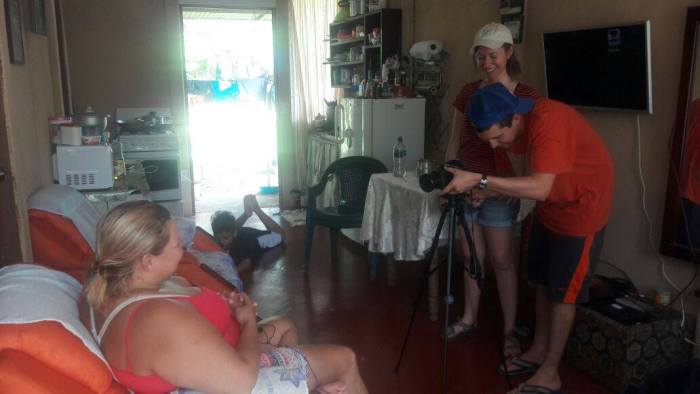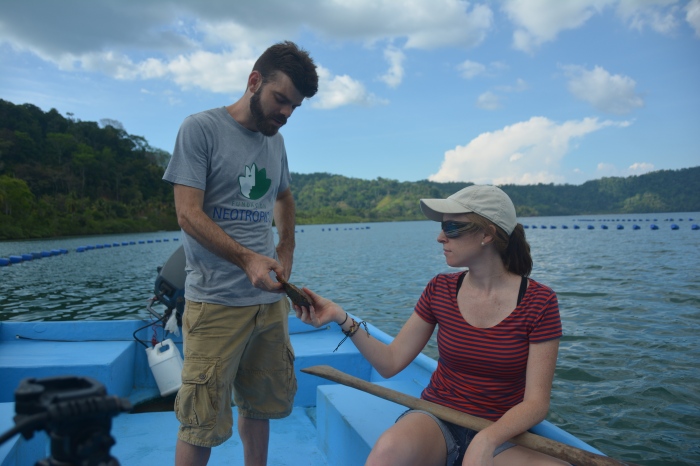My second round of Fulbright fieldwork took me down to the stunning Osa Peninsula this past week. David and I traveled there by bus, and even though the ride itself took almost 8 hours, I found the time flew by as I spent most of the ride mesmerized by the landscapes outside the bus window. We left from San Jose and the urban jungle quickly melted into hilly pasture lands, followed by cloud forest and some of the highest peaks of Costa Rica in the cerro de la muerte, and finally down to low altitude rainforest after following the slowly snaking Sierpe River for several kilometers. It was a good reminder that I still have a lot to explore here in Pura Vida land!!
We stayed at Fundacion Neotropica’s field station in Rincon de Osa, which is located about 5km from the bus stop in a lush, green area. The field station is over 25 years old and it has likely seen a lot of changes during its time on the Osa Peninsula. The peninsula is hard to access and is reputed for its low scale approach to tourism, with ecolodges vs. the large scale, foreign hotels that are to be found on the Nicoya Peninsula. With improvements in connectivity to San Jose in recent years, there are fears that Osa’s development trajectory may change and various NGOs are working hard to create plans to maintain the course of sustainable, small-scale development in the area. I hope that they are able to maintain the beauty and magic of this place.
Our fieldwork goals were twofold – 1) Interview different community members who were involved in the Blue Carbon program and 2) collect field samples in the mangrove reforestation sites. We began the trip with the interview part and we took trips to the local school, some homes, and an oyster farm to get all of the footage we needed. The oyster farm was our last stop for this phase and it was located in a beautiful corner of the gulf, with crystal blue water and verdant green hills all around. While not directly a part of the blue carbon project, it represents some of the sustainable livelihoods that healthy, restored mangrove habitat can provide! It was striking to see that most of the interviews were conducted with women, a reflection of the fact that the majority of participating community members are female.
After finishing the interviews, we moved on to the fieldwork. For this part, we had to visit various mangrove reforestation sites to take soil samples and to determine soil pH and salinity. It was a race against time with the tides, as some of the locations become completely inaccessible during high tide. The fieldwork took us to an older growth forest of mangle caballero (Rhizophora harrisonii) which was absolutely stunning. It was also neat to see how well some of the mangrove plantings were doing thanks to the efforts of Fundacion Neotropica! We managed to get all of the samples that I needed despite the time limitations, and I’m excited to see how the data compares to my other sites on the Nicoya Peninsula.
All in all, it was a fun and successful couple of days, that left me dreaming for more time in Osa!
